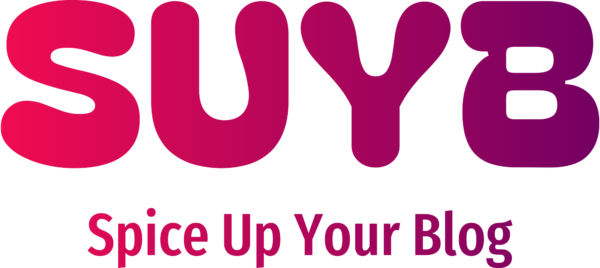
In blogging, as in every other type of writing, there needs to be an arc that carries the reader from introduction to conclusion. The ending reminds the reader of the gist of the ideas contained in the previous text, and plants useful cues for further thinking or action. In fact, deficiencies in endings are one of the marks of a mature writer; look at the essays of young children, and you will find ideas trailing off at the bottom of the page, or trivial irrelevancies shoved in at the end, or abrupt, “so there” sorts of closings, to name just a handful of mistakes.
Unfortunately, all too often, many writers with chronological maturity display these amateur failings. Especially since blogging often has a marketing component, whereby the reader is being encouraged to do, feel, or purchase something, the ending of a blog post needs to be just as compelling and engaging as the lead-in. Here are some thoughts on avoiding such weaknesses.
1. Keep your thesis or central idea firmly in mind:
Blogging is not substantially different from academic writing in that there needs to be a core idea or message supported by the entire piece of work. One way to make sure that your ending does not get too disconnected from your (hopefully powerful) opening paragraph is to have it visible at all times. You could actually hand-write the assignment instructions or your intro sentence on a sticky note and post it on your computer’s display monitor, or have a second screen open that includes nothing else but these key thoughts. This way, you will be able to check back frequently to be sure that you are remaining on track as you round out your ending. You could also copy your opening paragraph down at the end of the document and use it as your model for producing the conclusion.
2. be innovative in expressing your central idea:
One advantage of keeping the words of your inception and/or your assignment in front of you is that this allows you to maintain the theme and create the variations that will make the ending exciting. With your initial articulation of your main point right where you can see it, you are less likely simply to produce a mindless restatement of your first paragraph simply through oversight and forgetting what you said initially.
3. Ask the reader to take action:
Ending with a call to action is not a novel concept, but a tried and true way of finishing off with a flourish. Fortunately, technology offers readers of blog posts many ways to actually DO something, nearly instantaneously. Whether it is making a purchase, posting a response, or clicking through to another site, many actions on the internet can provide a nearly immediate feedback. This can be profoundly satisfying.
Of course, asking readers to change behaviors, such as improving the nutritional content of their food choices, adopting a regular exercise program, or giving up smoking, is far more challenging. You need to provide cogent and convincing reasons to take your suggestion and put the effort into making that happen in their lives.
4. Tease your reader:
Promise more detail, or another related topic, in upcoming posts. This technique has the advantage of ensuring you some additional work, if your arrangement with whoever pays the bills allows for this.
5. Leave them laughing:
Can you find a funny way to express your main idea? Humor is almost always a welcome way to send your reader on their way. Just make sure that it is relevant to your central idea, and appropriate to the tone of the site where your blog appears.
6. Leave them thinking – hard:
Pose a question that will engage readers for minutes or longer after they move on. Find a broader-reaching implication to the main point of your blog, and lay it out in the ending paragraph.
7. Give them a farewell present:
Connect readers to something useful, and related to your central point. If you are suggesting behavior change, for example, offer readers a book suggestion, or a website that will coach them through it.
Whatever technique you use, your ending should give the reader a feeling of having spent their time well. At the very least, they should hear again, in clear form, the central theme of your opening statement. Ideally, someone visiting your post will come away with an addition to their store of knowledge or something that will help them in their daily lives.











